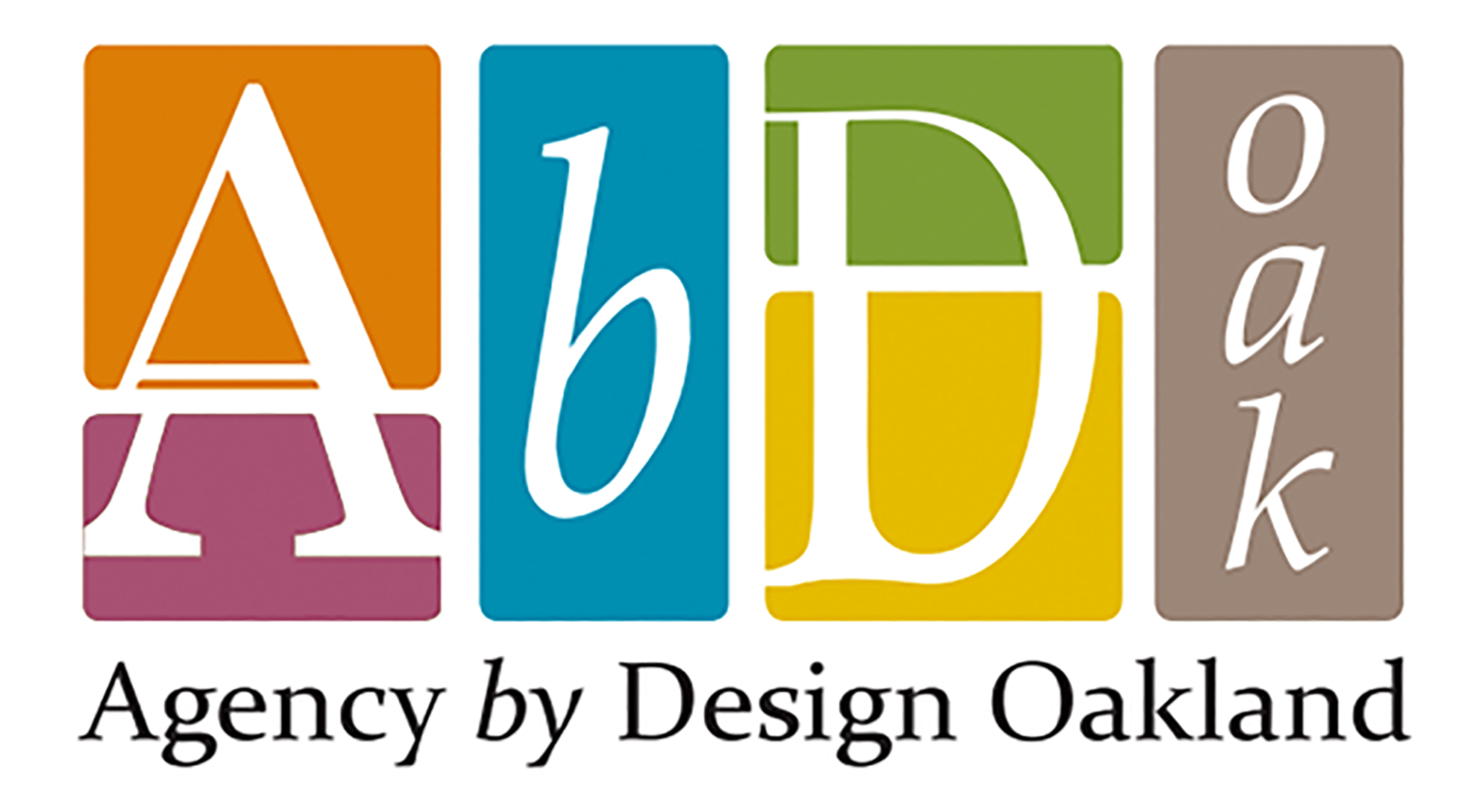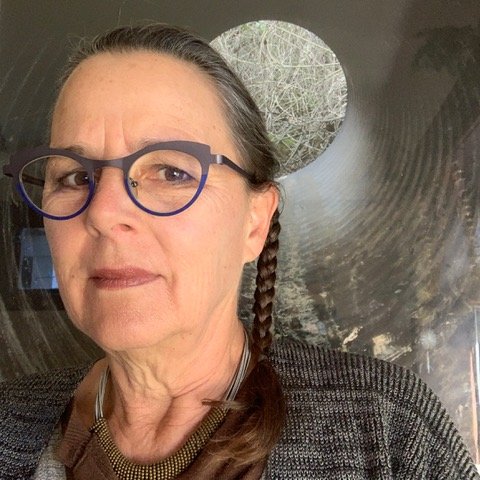By Susan Wolf, Disruptor-in-Residence; Facilitator/Coach, Agency by Design Oakland
“Mutual Aid exposes the failures of the current system and shows an alternative. The work is based upon the belief that those on the front lines of a crisis have the best wisdom to solve the problems, and that collective action is the way forward.”
Dean Spade. Mutual Aid Building Solidarity During this Crisis (and the next).
Notes on finding opportunity, imagining how mutual aid could become responsive to harmful school systems. By Reina Sofia Cabezas
In late January, teachers, students, families and community in Oakland discovered district intentions to close and consolidate schools. People began to mobilize to voice their outrage and concerns about the process and the impact upon schools on the list, which the data clearly indicates, serve predominantly Black and Brown students and families.
The collective action witnessed in the weeks that followed leaves us with a certain degree of hope. A critical mass of concerned and angry folx organized. Students took to the microphone at board meetings and organized walk outs. Two beloved educators staged a hunger strike that lasted for 20 days. In all my years I have never seen this and it moved me deeply. In my experience, teachers are always on the front lines caring deeply for the youth that they serve. Filling in for what is missing and dreaming beyond the fiscal crisis, which is always at hand.
When we look around our city we find examples of how Oakland leads with mutual aid.
Town Fridge @townfridge; 16 community fridge locations for food access.
Homies Empowerment independent grassroots community-based organization in East Oakland.
Onmi commons “is a community center run in a spirit of radical generosity, by a volunteer collective, where everybody is a leader. Home to nine Bay Area collectives with a shared political vision of more equitable commoning of resources and meeting human needs over private interests or corporate profit.”
M.H. first (Mental health first) @MHfirstOakland part of Anti Police Terror Project : “Our purpose is to interrupt and eliminate the need for law enforcement in mental health crisis first response by providing mobile peer support, de-escalation assistance, and non-punitive and life-affirming interventions, therefore decriminalizing emotional and psychological crises and decreasing the stigma around mental health, substance use, and domestic violence, while also addressing their root causes: white supremacy, capitalism, and colonialism.”
What would mutual aid—for teachers by teachers—look like?
During a daylong systems thinking workshop, we dug into Mutual Aid with our Agency by Design Oakland Teacher Fellows. After reading Mutual Aid: Non-Hierarchy in Practice, by Tammy Gan from the Bad Activist Collective, we used the thinking routine word-phrase-sentence to summarize key ideas.
Notes: Linh Linh Trinh
After sharing our word, phrase, sentence with table groups we went on a Location Hunt in pairs, looking for additional context and evidence of Mutual Aid. It was particularly compelling walking around the Park Day Campus, which, unlike the majority of Oakland Public Schools, is a lush, resourced independent school with an abundance of green garden spaces and imaginative nooks for sitting, playing and exploring outdoors.
Afterwards, we dug deeper into the interwoven systems, collectively mapping our understanding using the Parts, People, Interactions thinking routine. We made connections with existing systems, and the people who interact with them, to envision better ways to meet our immediate needs, while transforming conditions that might serve to protect and take care of each other. We considered:
What are the parts of the existing school system that could benefit from non-hierarchical mutual aid?
Who are the people involved with identifying needs and responding to needs?
What are the interactions between the parts and the people?
Mapping/listing Parts, People, and Interactions to better understand the potential with the complex system of Mutual Aid.
For the final phase, connecting mutual aid with school systems, we moved towards finding opportunity by imagining beyond our current systems.
Imagine if is a thinking routine we use to move our thinking forward, toward possible solutions or toward future actions.
How might we envision and value small and larger non-hierarchical support systems for ourselves, together, that are Effective, Efficient, Ethical and more Beautiful?
In this fellowship
In our classrooms
At our school sites
After some collaborative thinking and dreaming, teachers transferred their big idea to colorful posters. Topics envisioned included redesigning food systems, or giving students more food choices in spaces that were more community friendly. Ideas included broadening lunchtime into community meals where students participate in the growing and preparation of food and continue to build community when breaking bread. Other versions of mutual aid “for teachers by teachers” included intentional structures for planning that moves across grade levels and school sites, allowing teachers to know a student’s learning history and their families better.
Thinking about how to change the world together is an essential skill. It is humanizing and empowering. By practicing within our areas of influence we can learn how to mobilize making smaller changes with great personal impact, so that we can then expand outward into larger communities and topics of concern.
As I reflect upon the recent outpouring of mutual aid that I’ve witnessed over the past two months, in relation to OUSD’s proposed school closures, I am particularly struck by the love and aid surrounding the educators who went on a hunger strike.
The support for Moses and André took many shapes. An altar with flowers, notes, and artwork, a DJ playing in the afternoons, chalk art, performances by indegenous peoples, local musicians and dance crews. Venmo accounts were shared, allowing the support web that surrounded them to purchase necessary items. It was clearly a moment in time where collective action took over to support and demand that the current process and system be reevaluated and disrupted with the truth and needs of the people.
Susan Wolf is an artist, caregiver and educator.
“I am always practicing. How to take care of my spirit and body. How to age gracefully. How to be a good friend, an anti-racist, and advocate for equality and change. And most recently, how to step into a complex dystopian future without losing my heart or mind.”






